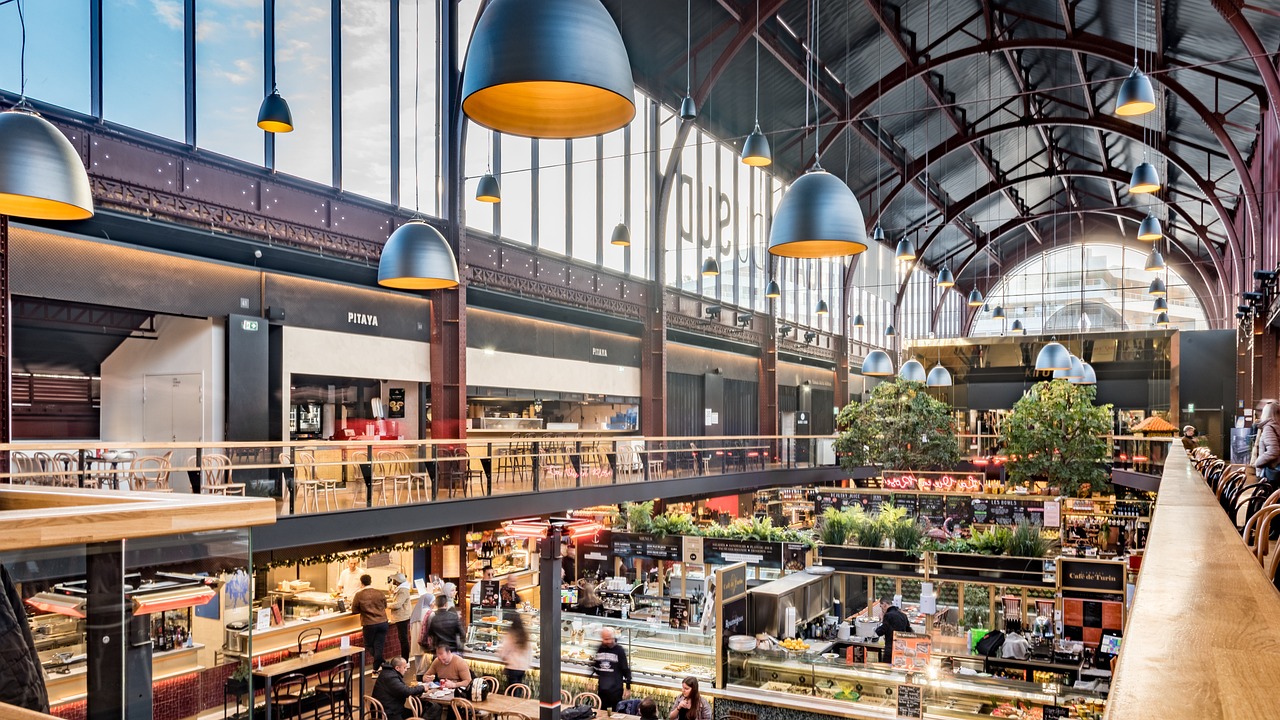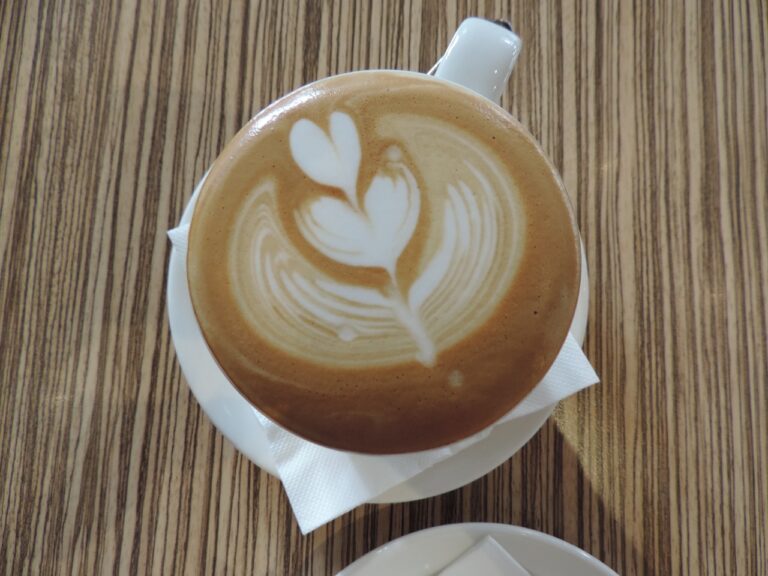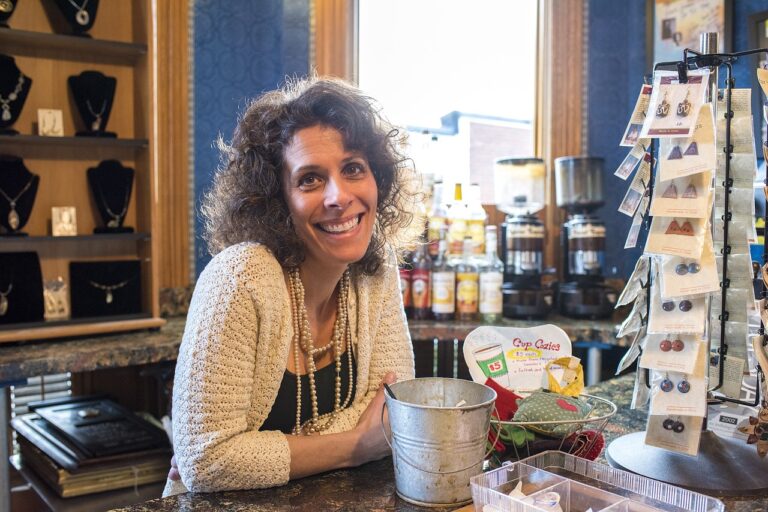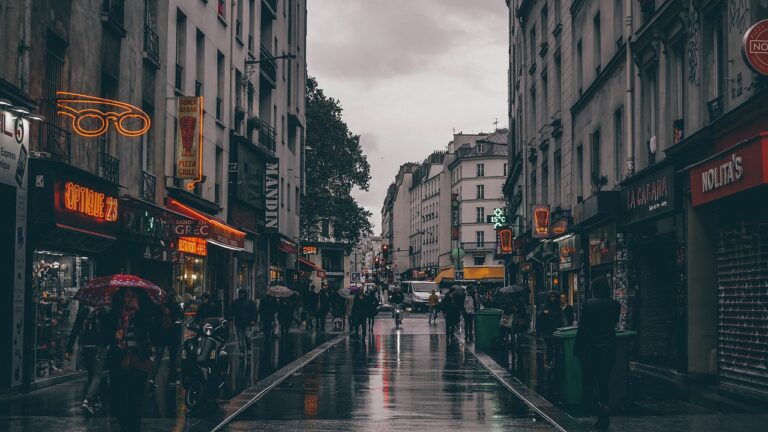The Psychology of Retail Environments: How Store Design Affects Shopping Behavior
Store layout plays a crucial role in influencing how customers navigate through a retail space. A well-designed layout can guide shoppers effortlessly through the store, leading them to key areas and products. By strategically placing popular items or promotional displays along the main pathways, retailers can encourage customers to explore different sections of the store.
On the other hand, a poorly planned layout can lead to confusion and frustration for customers. Cluttered aisles, lack of signage, or unclear pathways can deter shoppers from fully engaging with the store’s offerings. It is essential for retailers to consider the flow of foot traffic, visibility of products, and ease of movement when designing the layout of their stores to enhance the overall shopping experience for their customers.
The Role of Lighting in Creating Atmosphere
When it comes to creating a welcoming and inviting atmosphere in a retail space, the role of lighting should not be underestimated. Lighting plays a crucial part in setting the mood and ambiance of a store, influencing how customers perceive the products and making the overall shopping experience more pleasant. By strategically placing lights and adjusting their intensity, retailers can highlight specific areas of the store, draw attention to products, and guide customers through the space in a way that is both visually appealing and functional.
In addition to setting the tone for the store, lighting also has the power to impact customer behavior. Studies have shown that the type of lighting used in a retail environment can affect how long customers spend in the store, their likelihood to make a purchase, and even their overall satisfaction with the shopping experience. Warm, welcoming lighting can create a sense of comfort and relaxation, encouraging customers to stay longer and explore the products on offer, while harsh lighting may have the opposite effect, making shoppers feel uneasy and more inclined to leave quickly.
The Influence of Color Schemes on Mood and Purchase Decisions
Color schemes play a crucial role in shaping the overall atmosphere of a retail space. The use of warm tones such as oranges and yellows can evoke feelings of comfort and positivity, while cool tones like blues and greens may create a sense of calm and relaxation. Retailers often strategically choose color schemes that align with their brand image and target customer demographic to enhance the shopping experience and encourage purchase decisions.
Research has shown that certain colors can impact consumers’ mood and influence their purchasing behavior. For example, vibrant reds and bold blacks are often associated with luxury and sophistication, making them popular choices for high-end retailers looking to convey a sense of exclusivity. On the other hand, pastel colors like soft pinks and light blues are often used in stores targeting younger demographics or promoting products with a more whimsical appeal. By leveraging the psychology of color, retailers can create a cohesive and compelling visual identity that resonates with their target audience and drives sales.
How does the store layout affect customer navigation?
The store layout can impact how customers move through a store, influencing their purchasing decisions and overall shopping experience.
What role does lighting play in creating atmosphere in a store?
Lighting can set the mood and ambiance of a store, influencing how customers feel and perceive the products being sold.
How do color schemes affect mood and purchase decisions?
Color schemes can evoke different emotions and moods in customers, ultimately influencing their purchase decisions and overall shopping experience.







